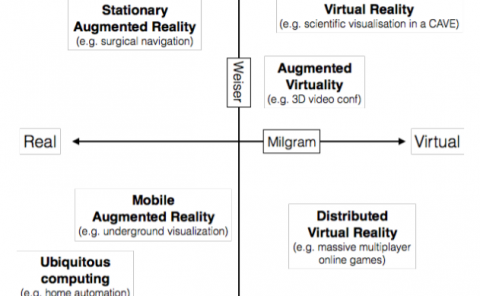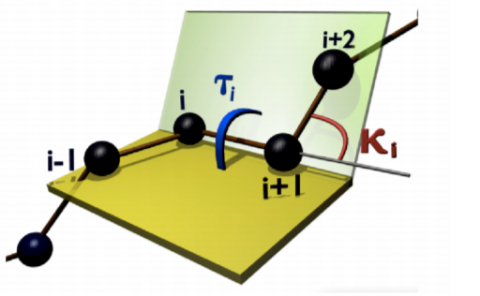Using Virtual Reality In Electrostatics Instruction: The Impact of Training
PubDate: Jul 2020
Teams: The Ohio State University
Writers: Chris D. Porter, Joseph R. H. Smith, Eric M. Stagar, Amber Simmons, Megan Nieberding, Jonathan R. Brown, Abigail Ayers, Chris M. Orban
PDF: Using Virtual Reality in Electrostatics Instruction: The Impact of Training

Abstract
Recent years have seen a resurgence of interest in using Virtual Reality (VR) technology to benefit instruction, especially in physics and related subjects. As VR devices improve and become more widely available, there remains a number of unanswered questions regarding the impact of VR on student learning and how best to use this technology in the classroom. On the topic of electrostatics, for example, a large, controlled, randomized study performed by Smith et al. 2017\cite{smith17}, found that VR-based instruction had an overall negligible impact on student learning compared to videos or images. However, they did find a strong trend for students who reported frequent video game play to learn better from VR than other media. One possible interpretation of this result is that extended videogame play provides a kind of “training” that enables a student to learn more comfortably in the virtual environment. In the present work we consider if a VR training activity that is unrelated to electrostatics can help prepare students to learn electrostatics from subsequent VR instruction. We find that preliminary VR training leads to a small but statistically significant improvement in student performance on our electrostatics assessment. We also find that student reported game play is still correlated with higher scores on this metric.



